Originally posted on the HUB.
The issue of widespread vacant properties in Baltimore is well-documented, but for policymakers, a bird’s eye view has been lacking. The city’s records on these buildings—more than 16,000 of them—are scattered and hard to interpret.
A Johns Hopkins-launched project aims to tackle that challenge. A research team is modeling a spatial map of Baltimore’s housing stock—property by property, neighborhood by neighborhood. Together, the data can provide a big-picture look at patterns of urban decline and renewal.
The research project is one of seven that received funding last year from 21st Century Cities, a cross-disciplinary initiative at Johns Hopkins. Another seven seed grants from 21CC are up for grabs this spring for research projects that address urban policies or challenges, integrating a community partner such as a city agency, nonprofit, or local business. Letters of intent are due by Feb. 10, and full proposals by March 24.
The grants, expected to average about $35,000 each, are intended for interdisciplinary teams at an early stage of research, with faculty members from Johns Hopkins acting as project leads.
21CC has named three priorities for the grants:
- Mixed-income development
- Safe and healthy neighborhoods
- Economic opportunity and inclusion
Director Ben Seigel said other ideas are also welcome.
A networking event Tuesday night hosted at Open Works, Baltimore’s new makerspace, offered a chance for researchers and local organizations to connect and hear some thoughts on urbanist media coverage from CityLab editor David Dudley.
The event also highlighted the successes of the ongoing vacant property project, for which Johns Hopkins assistant professor Tamás Budavári and graduate student Philip Garboden teamed up with Baltimore Housing. The goal is to apply the agency’s existing data toward more informed decisions on abandoned buildings, and potentially to expand in the future to other cities grappling with blight.
Michael Braverman, acting commissioner of Baltimore Housing, said that the new data models have helped officials identify 400 abandoned properties to demolish, including many that were deemed in imminent threat of collapse. The research is also playing a role in Maryland Gov. Larry Hogan’s $94 million plan to address blight in Baltimore, Project C.O.R.E..
Other community partners for last year’s grantees included the Baltimore City Health Department, a homelessness nonprofit, and a city high school. For this year’s grants, the research can take place in any city, not just Baltimore, as long as there’s a local partner.
This collaborative approach is a hallmark of the 21st Century Cities initiative, which launched in 2015 to develop policy-minded solutions for revitalizing U.S. cities.
Dudley, a native Baltimorean and Johns Hopkins alum, was at home among the urban policy crowd at the event. As Seigel said, Dudley’s CityLab news site, published through The Atlantic, has become “a go-to place for the latest trends and challenges going on with cities.”
Dudley described the work as “solutions-oriented journalism” that focuses on “scaleable, replicable” ideas tested by cities across the world. His writers are focused on topics like “smart city” technology, the movement away from car dependence, and economic inequality. For the latter, he said, “Baltimore is one of the great laboratories” to watch.




